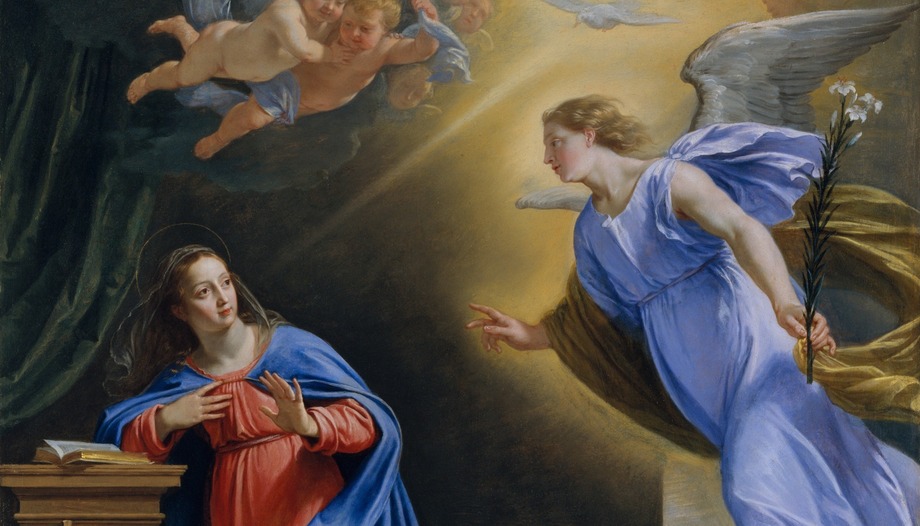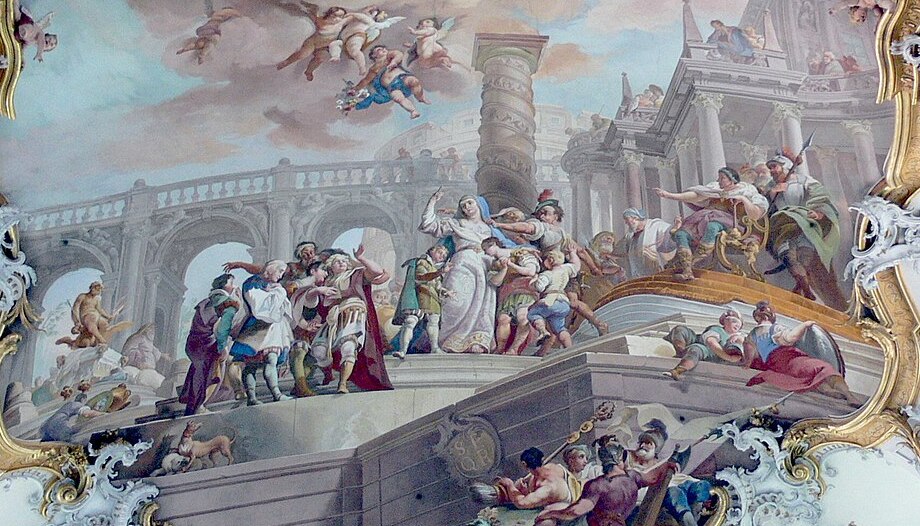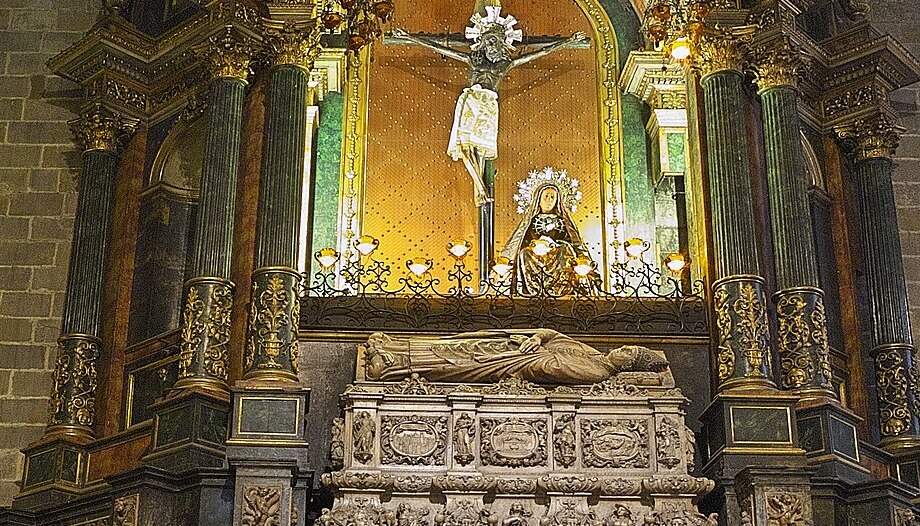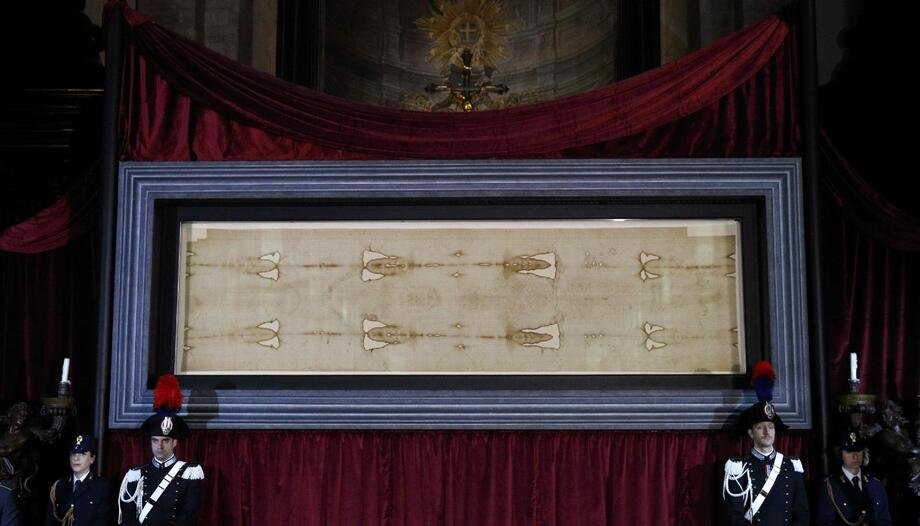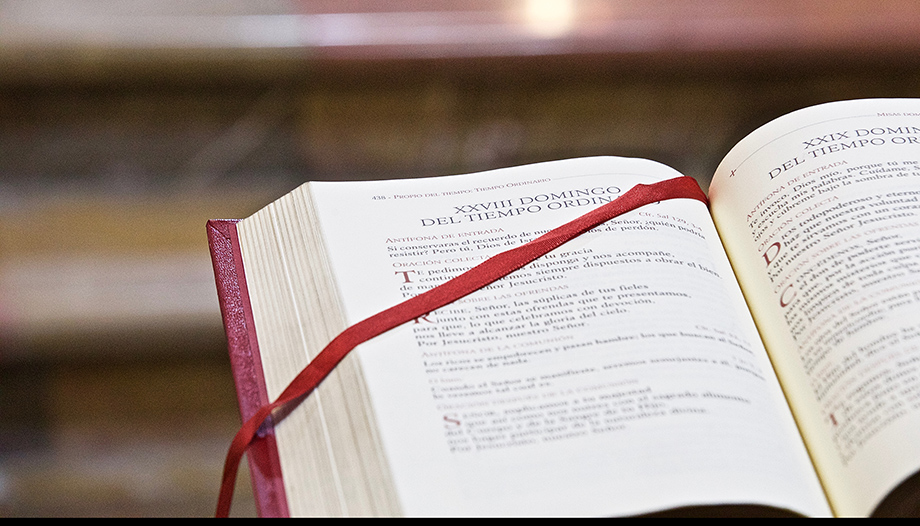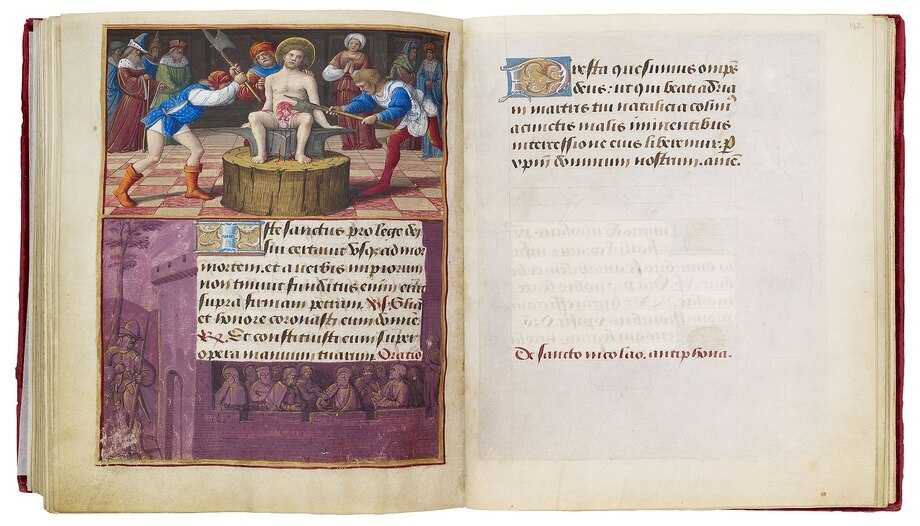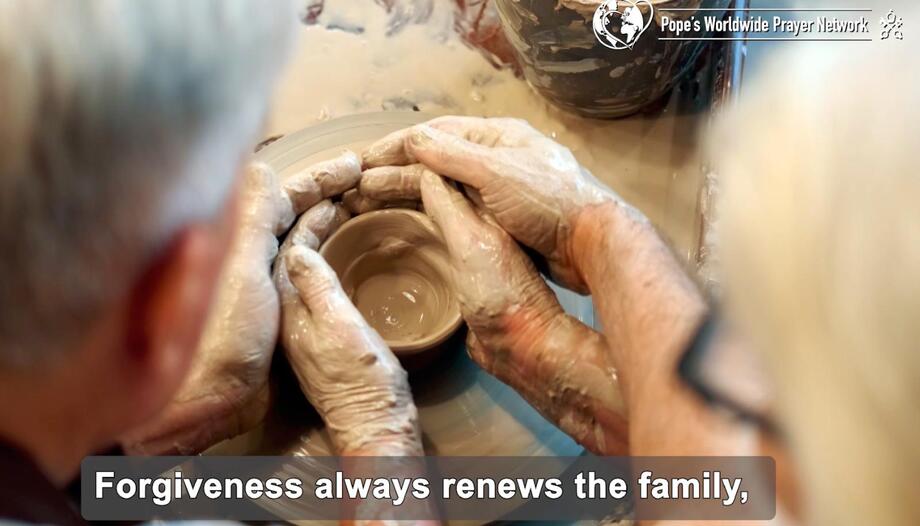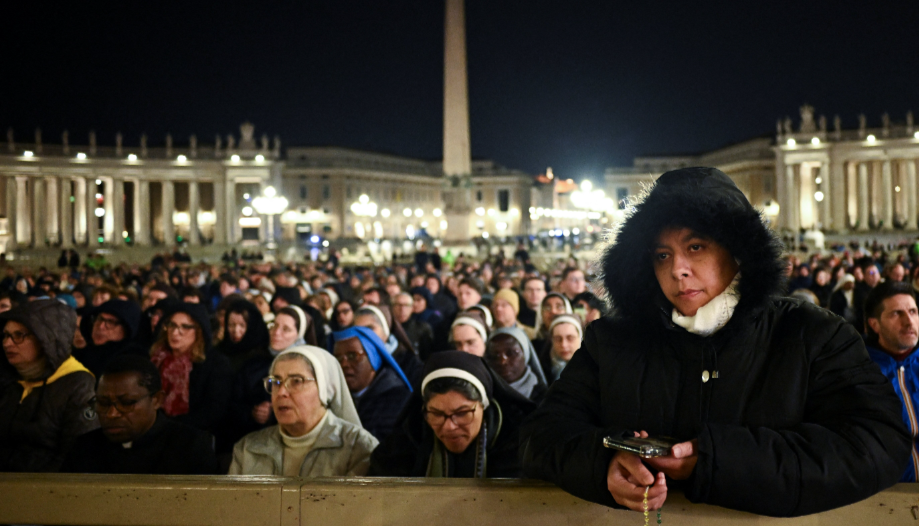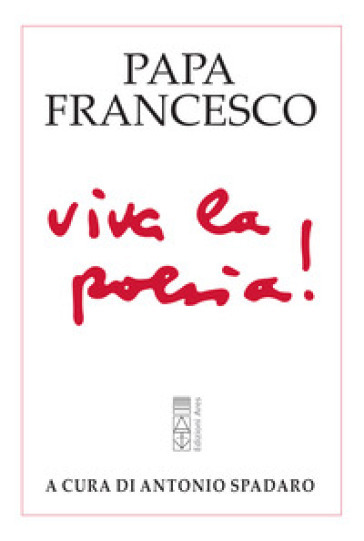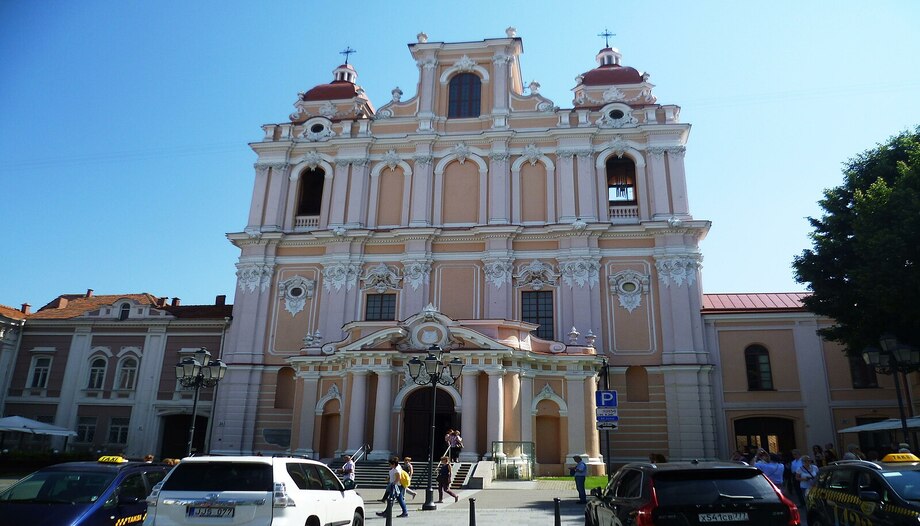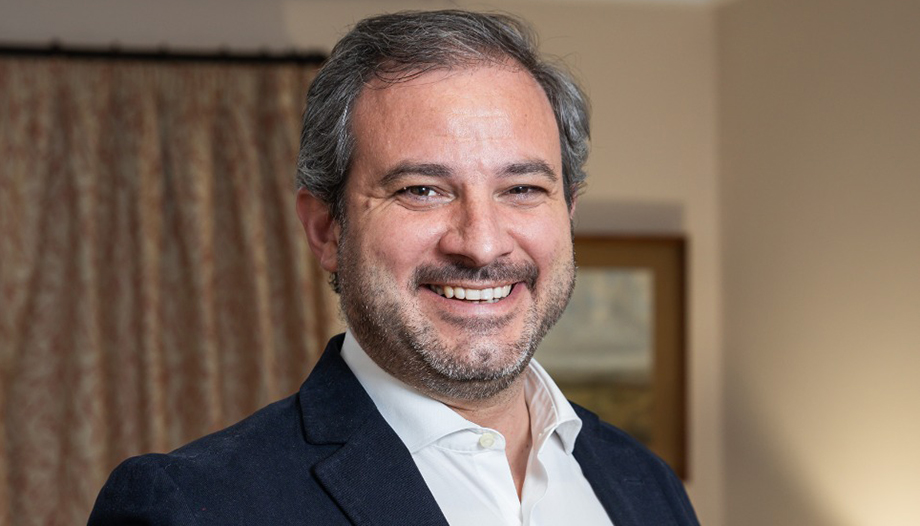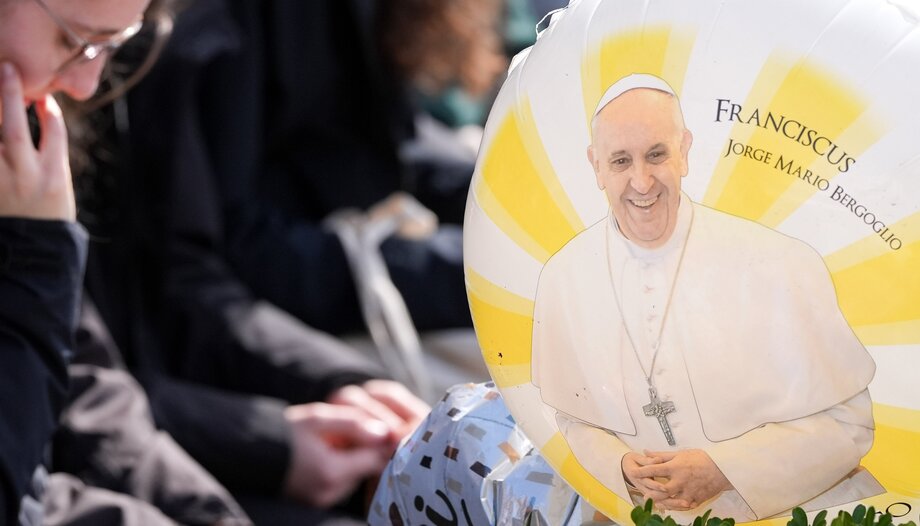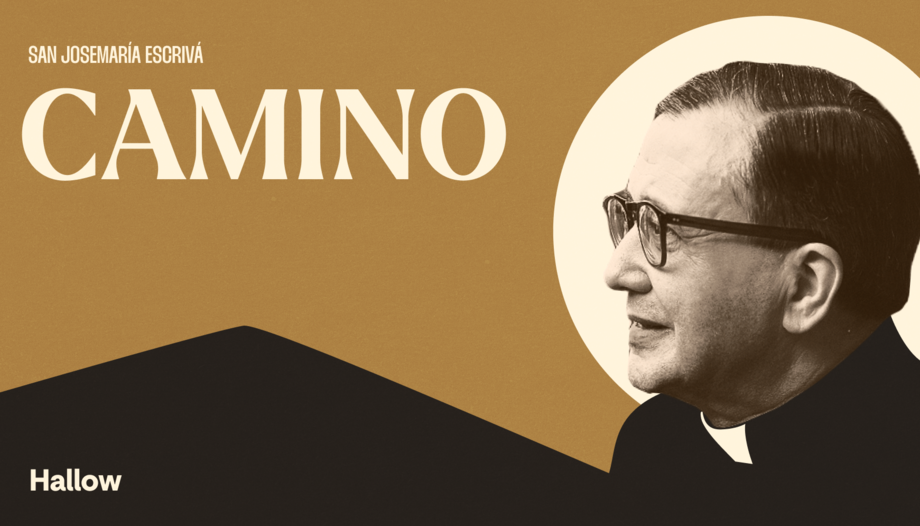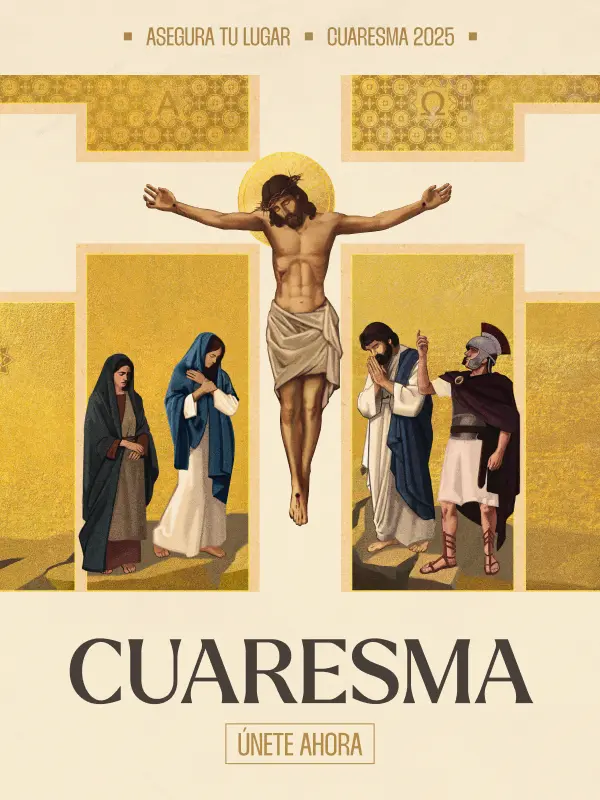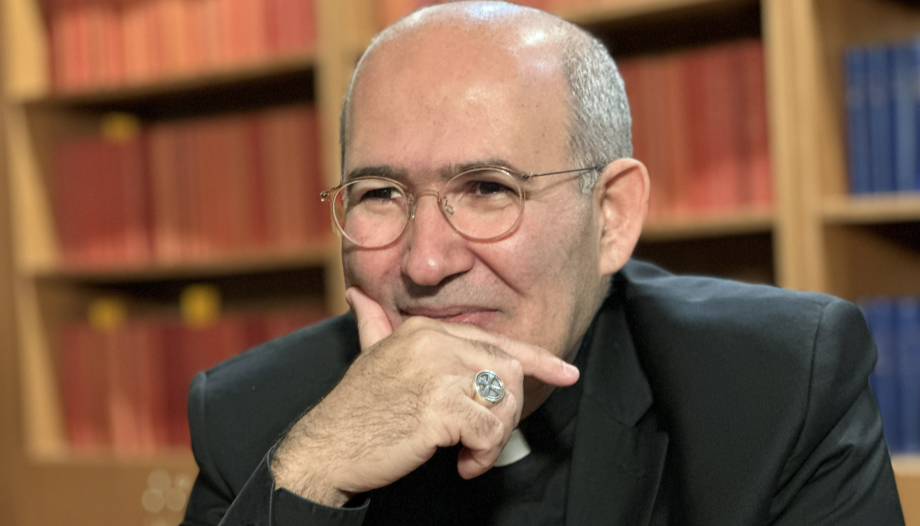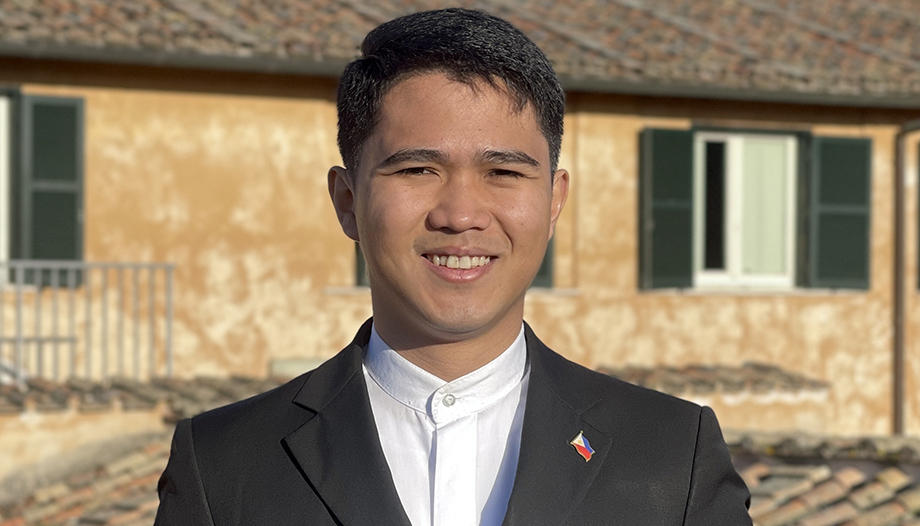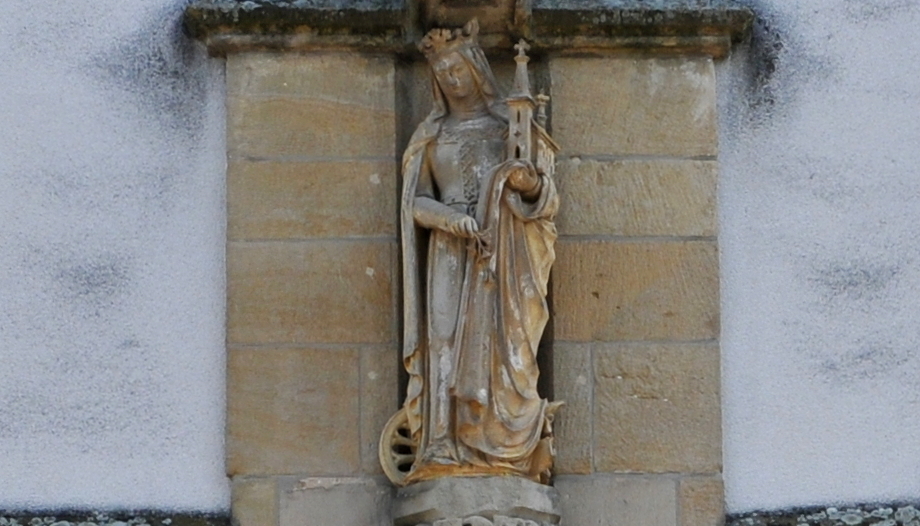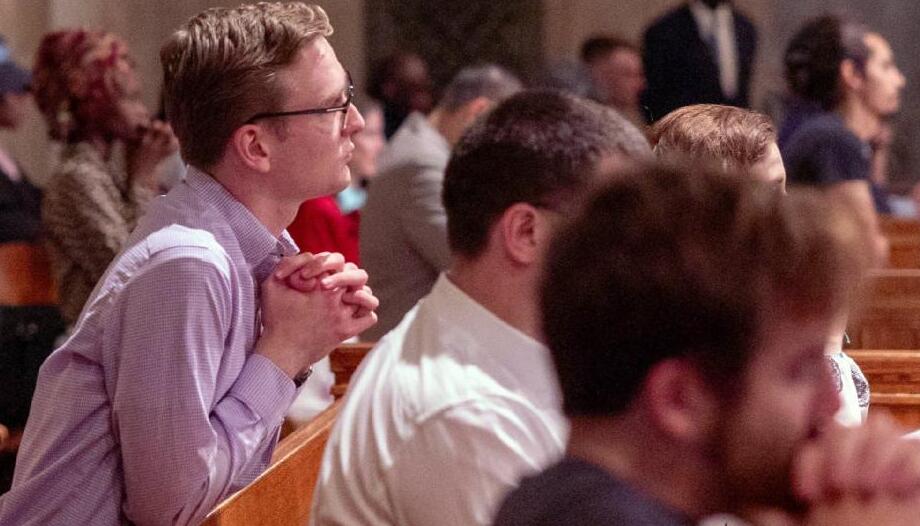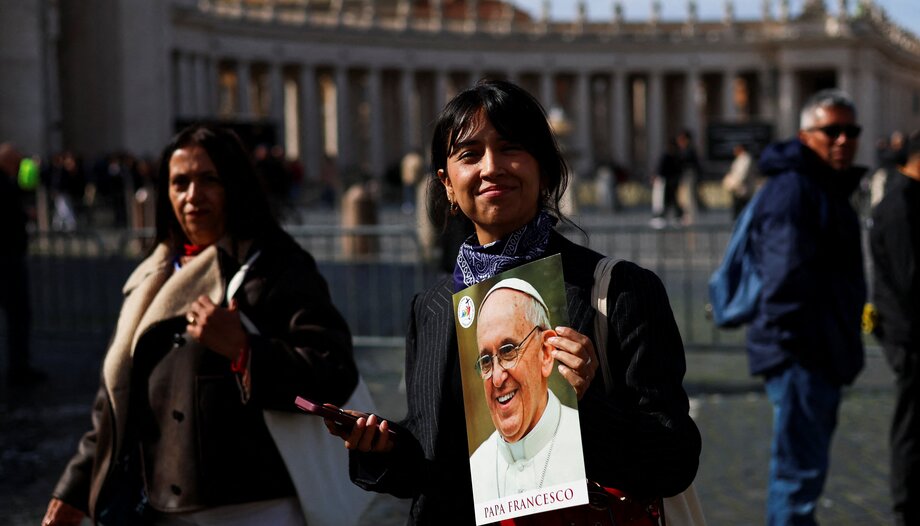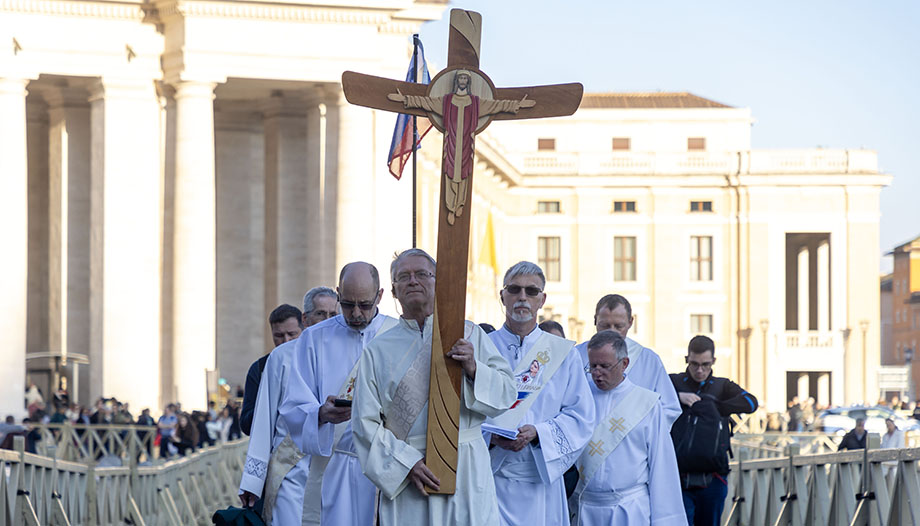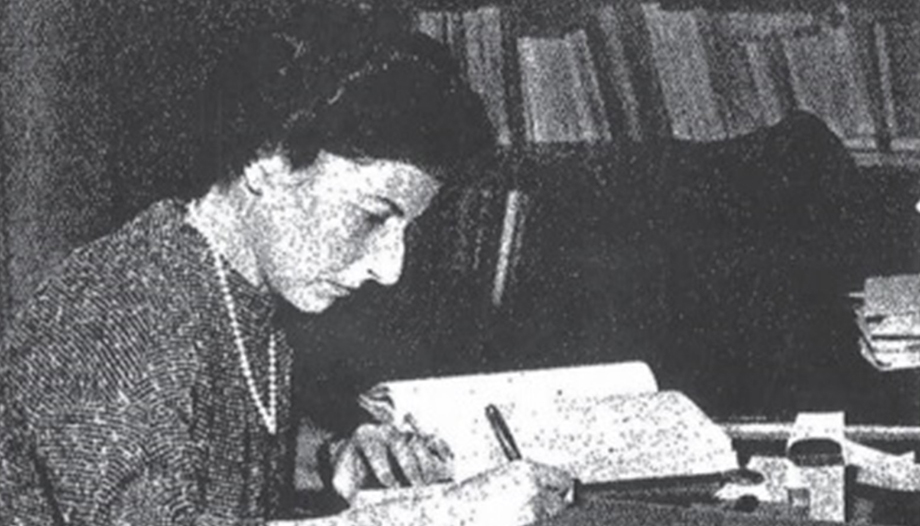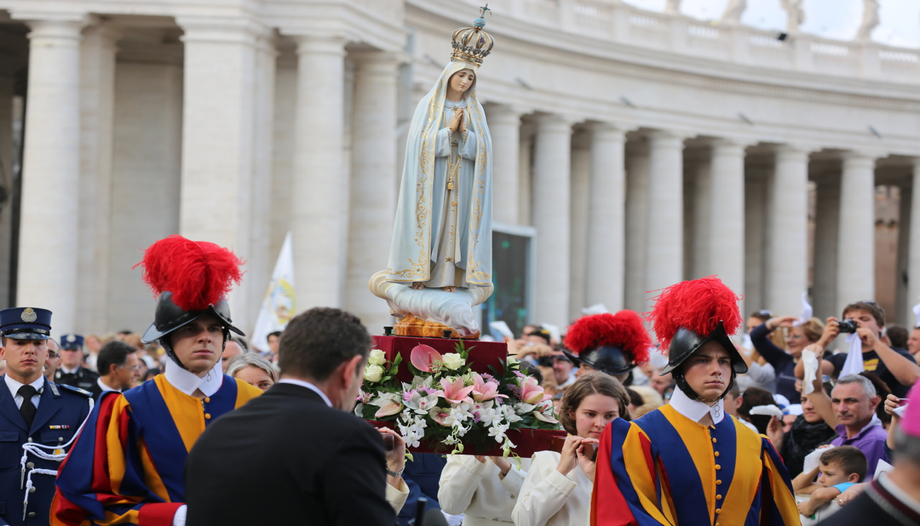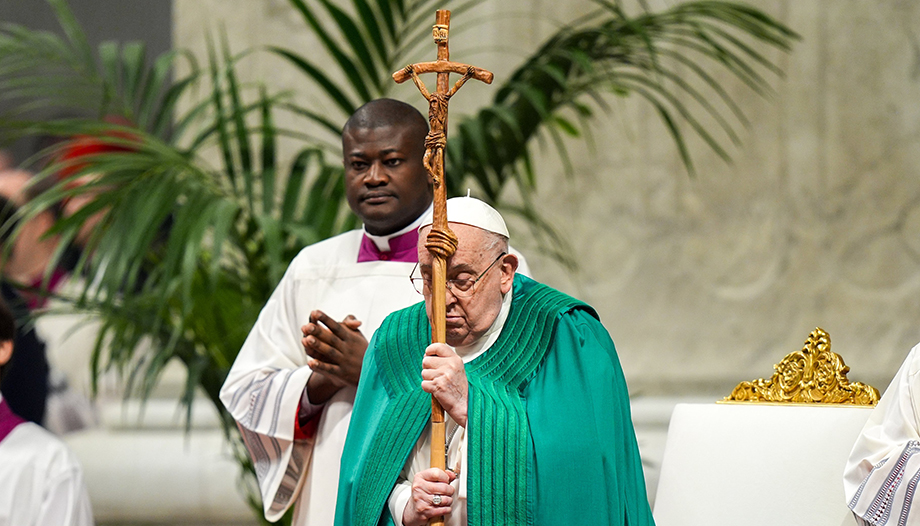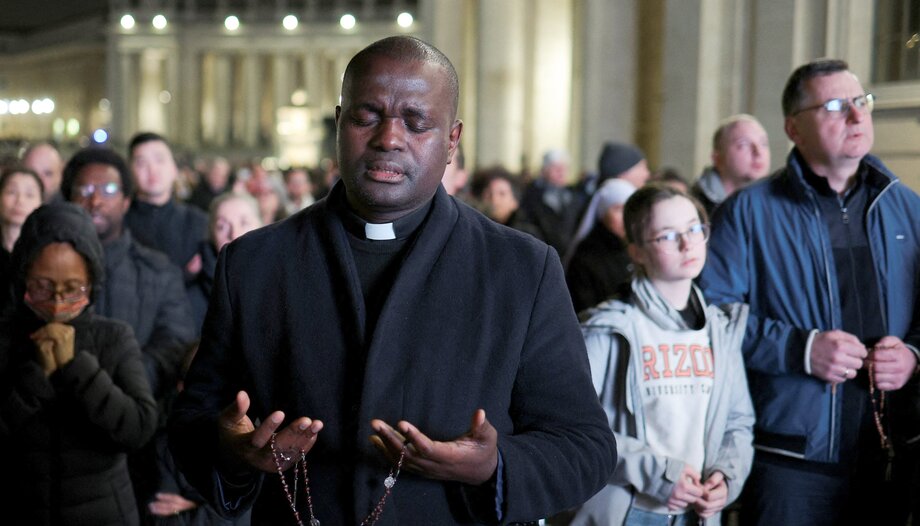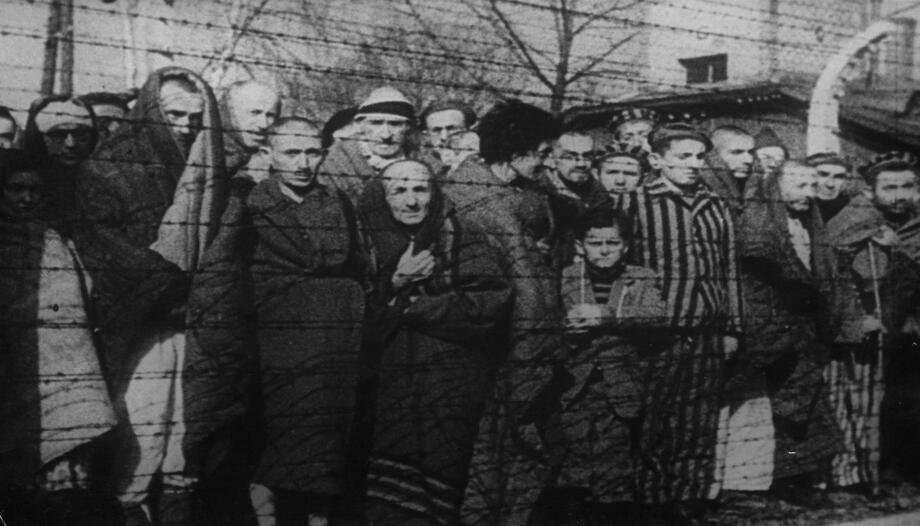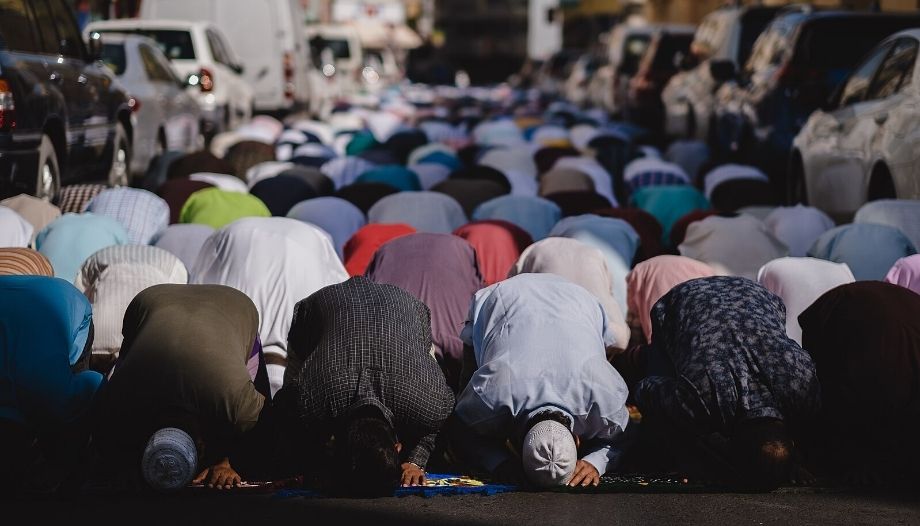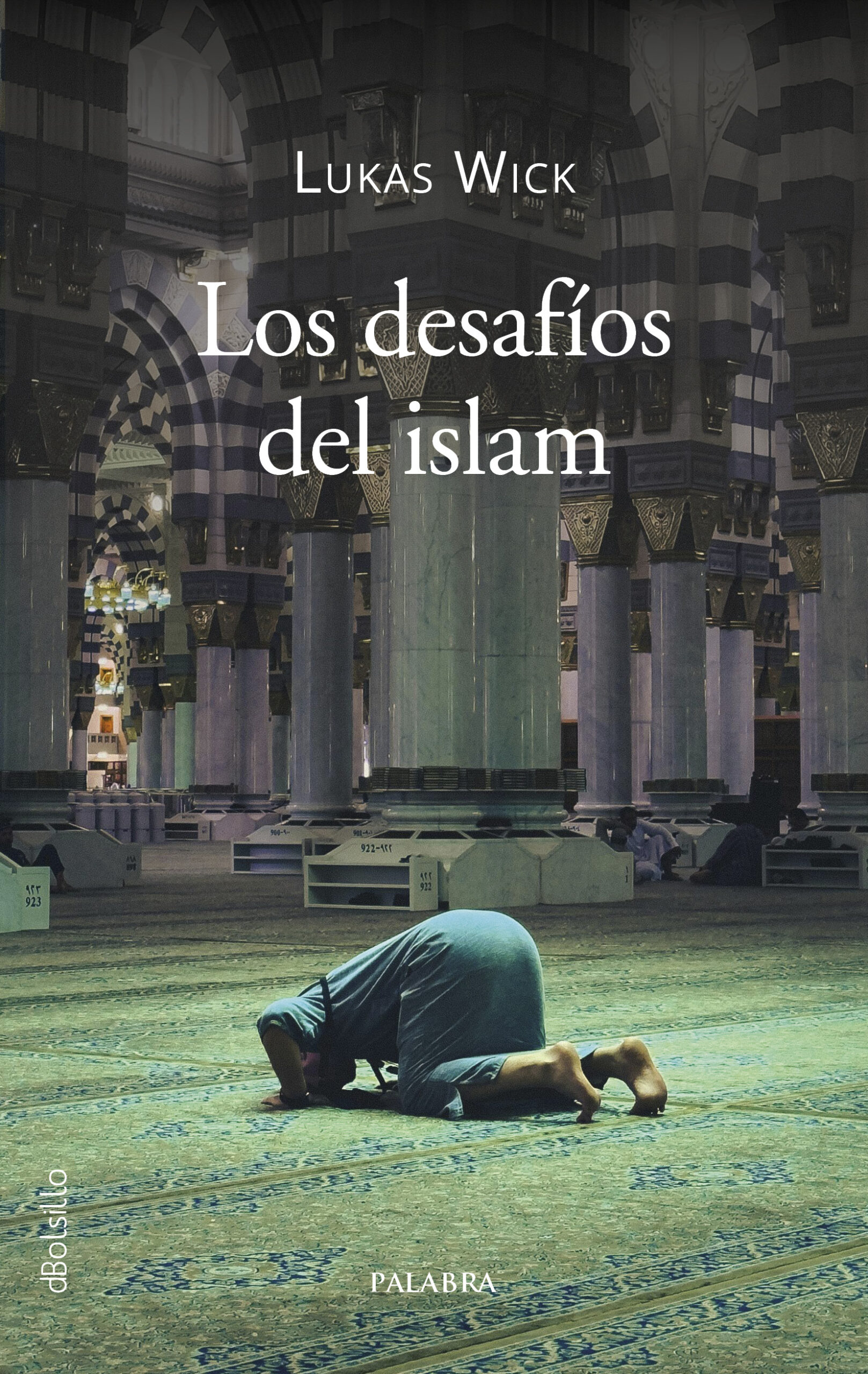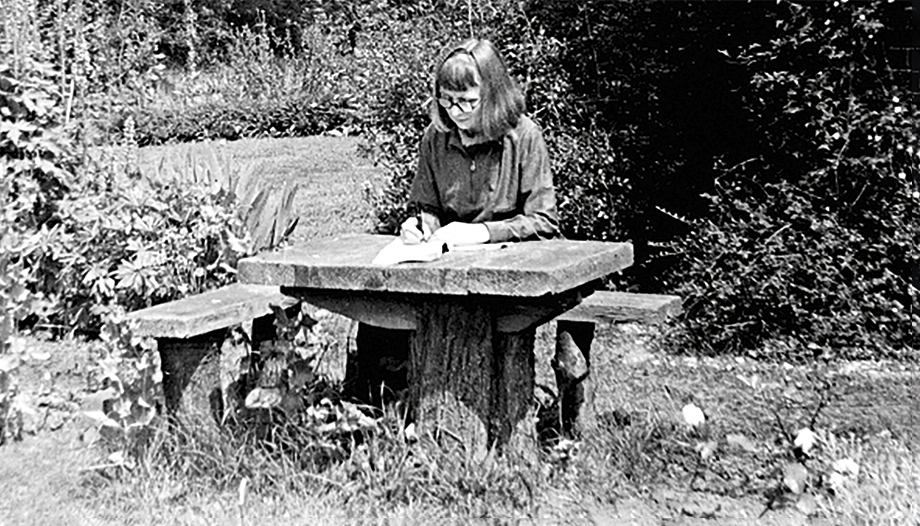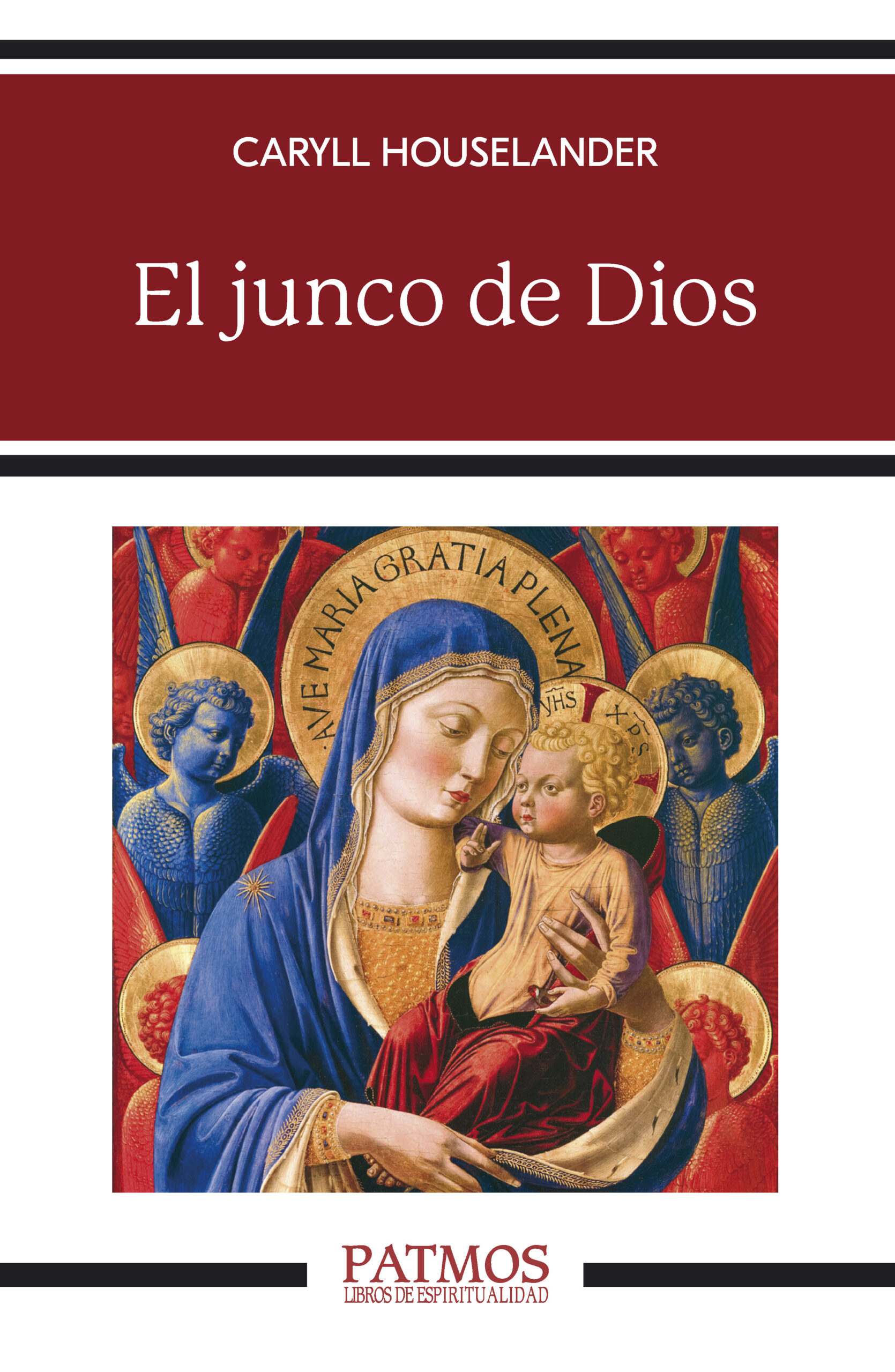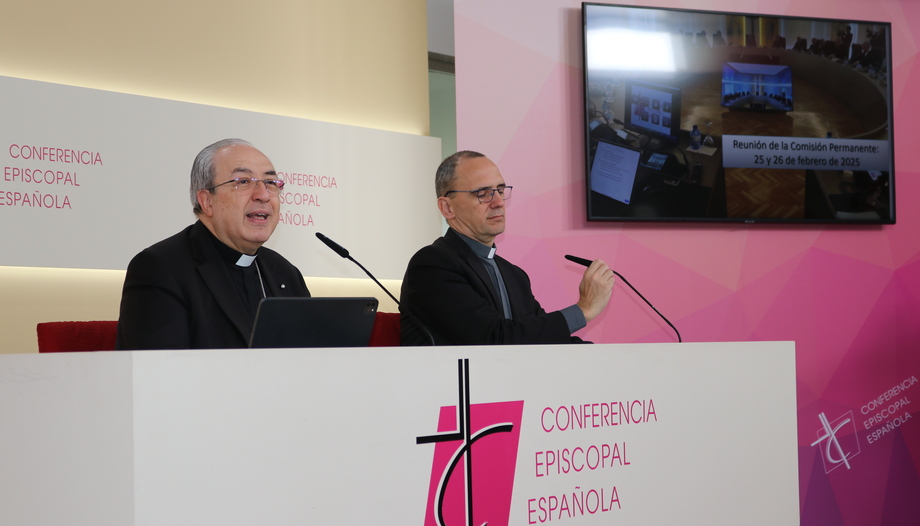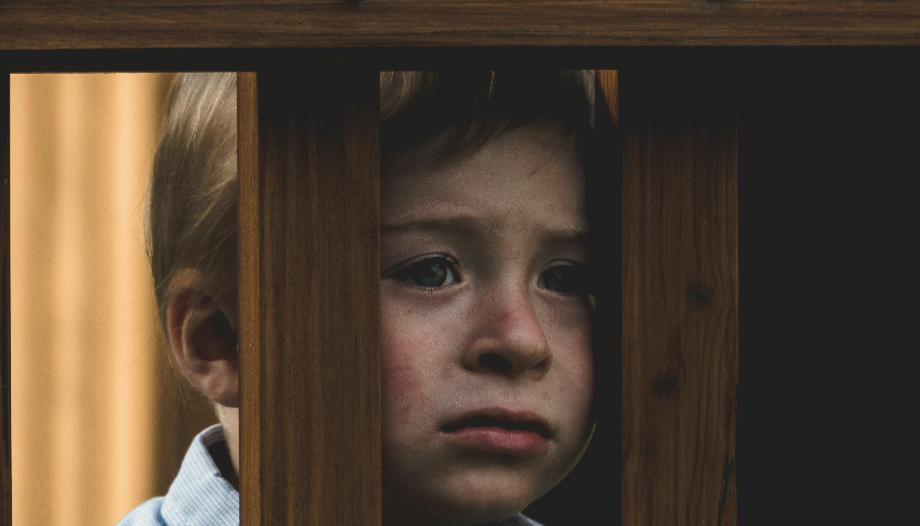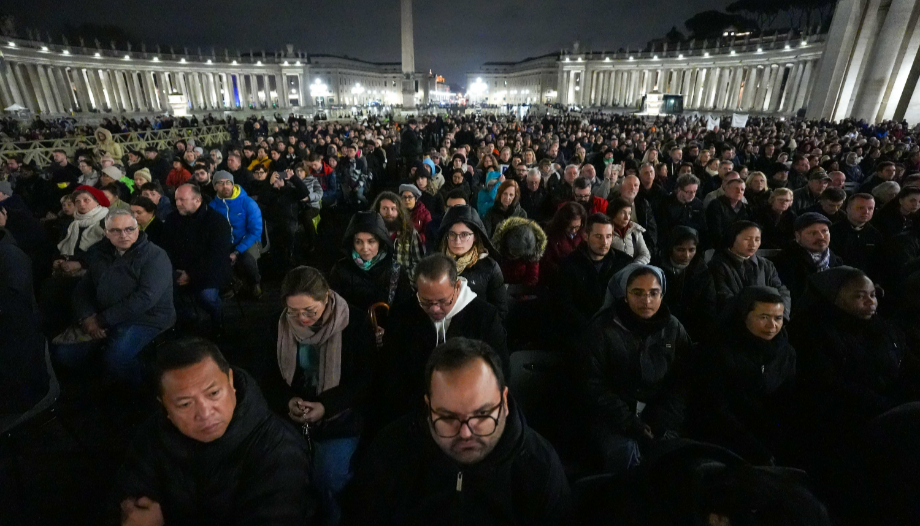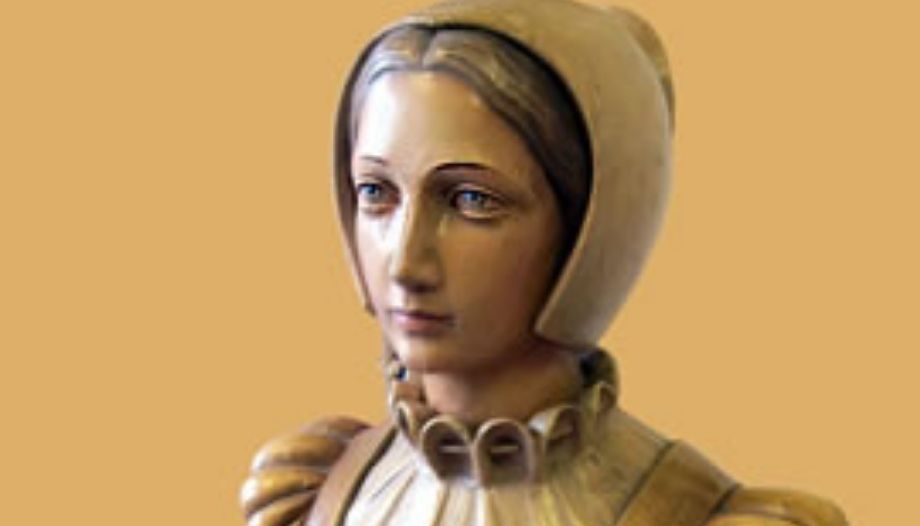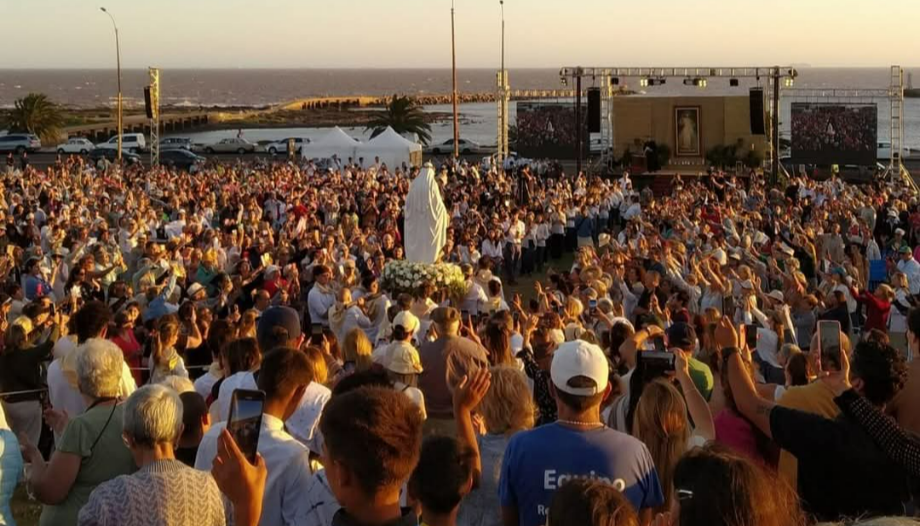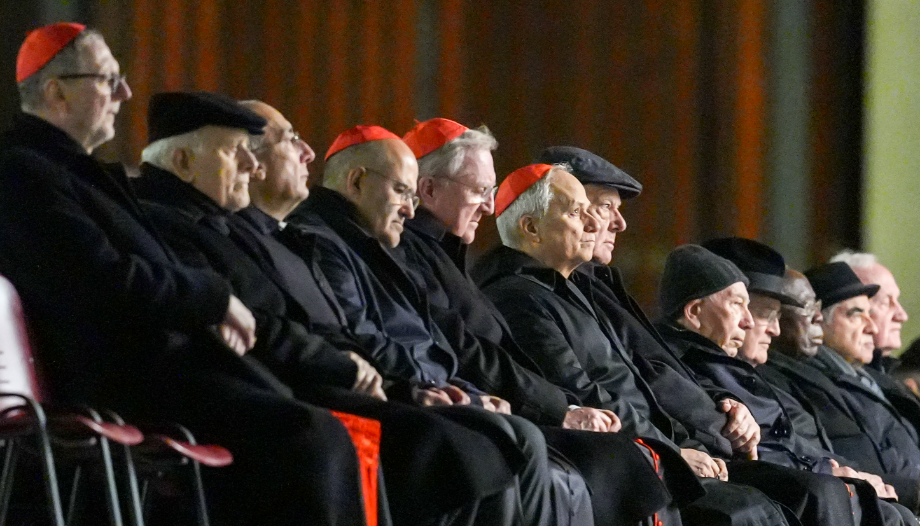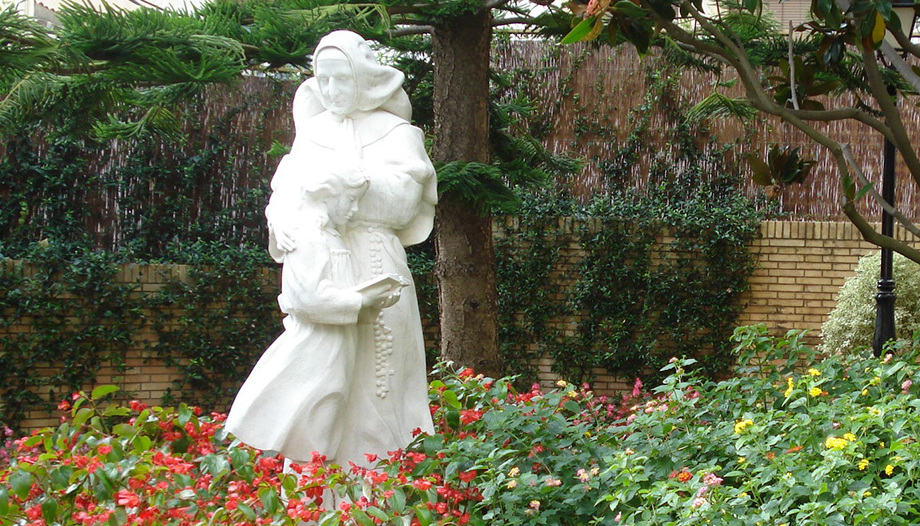What were the first message and the first great event of the Holy Year? The Pope dedicated them to the world of communication. It happened shortly before his admission to the hospital.
As has often been the case, there are two possible readings of his teachings. First, that of his immediate interlocutors, not only those present in St. Peter's Square, but in this case all professional communicators. Second, that of all Christians, and even of all persons called to communicate, in this case all professional communicators. Jubilee Yearespecially hope.
Communicators of hope
In his message for World Communications Day (dated 24-I-2025, the Day will be celebrated on June 1) and in the framework of the Jubilee year, Francis invites especially professionals in this field to be communicators of hope.
How: "Beginning with a renewal of its work and mission according to the spirit of the Gospel".
In the introduction to his message, Francis takes a look at how communication is presented today (often full of prejudices and provoking hatred and wounds). And he points out, as on other occasions, "the need to 'disarm' the communication, to purify it from aggressiveness"Disarming communication is a prerequisite for proper communication.
Secondly, he explains, today we should not reduce communication to a slogan, that threatens to make "to prevail the paradigm of competition, of opposition, of the will of domination and possession, of manipulation of the public opinion".
There is also a third worrisome phenomenon: the ".programmed dispersion of attention". That is to say, the fact that digital systems shape us according to the laws of the market, and modify our perception of reality, making us individualists, disinterested in the common good and incapable of listening to understand others. They make us individualists, disinterested in the common good and incapable of listening to understand others, their faces become blurred and we can easily turn them into "enemies". Meanwhile, in the face of this distortion of reality, hope becomes more difficult.
The successor of Peter quotes Bernanos here: "Only those who have had the courage to despair of the illusions and lies in which they found a security that they falsely took for hope. [...] Hope is a risk to run. It is even the risk of risks". (Freedom for what? Madrid 1989, 91-92).
But, the Pope warns, for Christians hope - hidden, constant and patient virtue - is indispensable.
And why? Because, as Benedict XVI said, it is a "performative" virtue, that is, capable of changing life: "He who has hope lives differently; he has been given a new life." (enc. Spe salvi, n. 2).
Francis' message then suggests three ways for communication, above all for Christians, but in different ways for many others as well: to give reason for our hope; to hope together; not to forget the heart. The first, taken from St. Peter; the second, developed by Benedict XVI in his encyclical Spe salvi (2007); the third, linked to the magisterium of Pope Francis, especially in his encyclical Dilexit us ("He loved us", 2024).
Giving reason for our hope
"To give reason with meekness of the hope that is in us"The Pope proposes, following the first letter of Peter (cf. 3:15-16). In it, Francis sees the relationship between hope, witness and Christian communication. Grounded in the Risen Christ, we must give - with gentleness and respect - a reason for our hope. Christ lives with us through the Holy Spirit that he has given us and that comes to each of us through baptism.
In this letter of St. Peter, Francis detects three messages:
First, regarding the foundation of our hope. What makes hope possible and realistic is that Christ lives and the Holy Spirit acts in us the life and strength of Christ.
Second, with regard to our responsibility: we must be willing (and the Pope's understanding of this "willingness" is very demanding) to give this "reason" for our hope. It is demanding because it does not mean only to speak; it means to reflect "the beauty of his love, a new way of living all things.". And this is so because "it is the love lived that raises the question and demands the answer: why do they live like this, why are they like this?".
Third message, as soon as in the manner to give a reason for our hope. St. Peter says: "with delicacy and respect". And Francis adds: with gentleness and closeness, as companions on the road, following the example of Jesus with the disciples of Emmaus.
"For this reason -The Pope points out with the language of the weavers of dreams, I dream of a communication that knows how to make us companions along the way of so many of our brothers and sisters, in order to rekindle hope in them in such a troubled time.". This communication must be "able to speak to the heart, not to arouse passionate reactions of isolation and anger, but attitudes of openness and friendship."; of "betting on beauty and hopea even in the most seemingly hopeless situations"; "capable of commitment, empathy and interest in others"to help us to to recognize the dignity of every human being and [to] care for our common home together" (enc. Dilexit us, 217).
He goes on to insist on the relationship between communication and hope: "I dream of a communication that does not sell illusions or fears, but is able to give reasons to hope."(and evokes the style of Martin Luther King). But this asks us to cure ourselves of self-referentiality and useless speeches. In this way we will be able to make others feel included in the hope that we propose and be "pilgrims of hope", as the Jubilee motto says.
Hope is lived together
The Jubilee proclaims hope as both a personal and communitarian project. We walk - we live - together and together we pass through the Holy Door.
For this reason, Francis points out, the Jubilee has many social implications. We are challenged by the prisoners in jails, by those who suffer or are marginalized.
To the communicators, as part of those who work for peace, that "shall be called children of God" (Mt 5:9) the Jubilee calls for a "....attentive, calm, reflective communication, capable of indicating paths of dialogue".
For this reason, the successor of Peter encourages them to tell "stories of good" hidden among the folds of the chronicle; as if imitating gold diggers sifting the sand for the minuscule nugget. "It is beautiful to find these seeds of hope and make them known.".
Hope is a task of the heart
Hope," the Pope observes, "is lived from the heart. This means "to be meek and never forget the face of the other; to speak to the heart". Do not let yourself be carried away by instinctive reactions, but ".always sow hope, even when it is difficult, even when it costs, even when it seems to bear no fruit".
Hope leads us to try to practice a communication that knows how to "healing the wounds of our humanity".
Here Francis gives a central key: the trust of the heart. For, in fact, hope has to do essentially with trust (with faith, already at the human level) and with love. The confidence-hope, let us call it so, that the future will be better for the children, for the children, for the poor.
No one denies that this is a challenge, but we need it very much.non-hostile communication, spreading a culture of care, building bridges and breaking through the visible and invisible walls of our time."; a "to tell stories full of hope, taking into account our common destiny and writing together the history of our future.". And since the Pope speaks for Christians (though not exclusively), he concludes that this communication is possible with the grace of God that the Jubilee helps us to receive in abundance.
The vocation of journalists
On January 25, the Jubilee of the Jubilee of Communicators took place, first event of the Holy Year.
In his speech, which he did not read but referred to the participants, Francis began by remembering those who have lost their lives in the service of this task - more than 120 in the last year alone - and those who are in prison for having been faithful to the profession of informing - more than 500. For these he asked for their release, and defended freedom of the press and freedom of thought together with the right to truthful information.
The vocation and mission of journalists," he said, "is fundamental in our society. In communication, it is important not only what is narrated - the facts - but how it is done, to nurture hope, create bridges and open doors, and not the opposite.
Courage and liberation of the heart
Francis then went on to deepen his dialogue with the reporters on the basis of two questions addressed to him by the reporters.
First of all, courage: "that inner drive, that strength that comes from the heart and that allows us to face difficulties and challenges without being overwhelmed by fear.".
The word "courage" - the Pope adds - could recapitulate all the reflections of the World Communications Days of recent years.
To the appeal for the release of the detained journalists, Francis now adds the appeal of the "release of the inner strength of the heart".
The Pope urges us to take advantage of the Jubilee to renew or rediscover this courage. What does it consist of?
"Let us put back at the center of our heart the respect for what is highest and noblest in our humanity, let us avoid filling it with what rots and decays it. The choices that each of us makes count, for example, in expelling that 'brain rot' caused by addiction to the continual scrollingSlippage', in social networks, chosen by Oxford Dictionary as word of the year".
And the Pope wonders: "Where to find the best cure for this disease but by working, all together, on education, especially that of young people?"
To do this - he proposes - we need a "media literacy".that is: an education in critical thinking and discernment, so that we grow personally and participate actively in our communities.
"We need courageous entrepreneurs, courageous computer engineers, so that the beauty of communication is not corrupted. Great changes cannot be the result of a multitude of sleeping minds, but begin with the communion of enlightened hearts.".
Like St. Paul, who was converted following an encounter with the light of the risen Christ on the road to Damascus and the subsequent explanation given to him by Ananias, the work of communication can also render this service: "...".Finding the right words for those rays of light that can touch the heart and make us see things in a different way.".
Telling and sharing hope
St. Paul recounts the event of his conversion three times in the book of the Acts of the Apostles. On the occasion of this Jubilee, Peter's successor exhorts communicators:
"Also tell stories of hope, stories that nourish life. May your art of storytelling (storytellling) is also the art of telling stories of hope (hopetelling). When you count evil, leave room for the possibility of mending what is torn, so that the dynamism of good can mend what is broken. Sow questions".
 Let me be a laywoman in peace
Let me be a laywoman in peace Don't get married young
Don't get married young Without fear of a Church that I do not understand
Without fear of a Church that I do not understand










